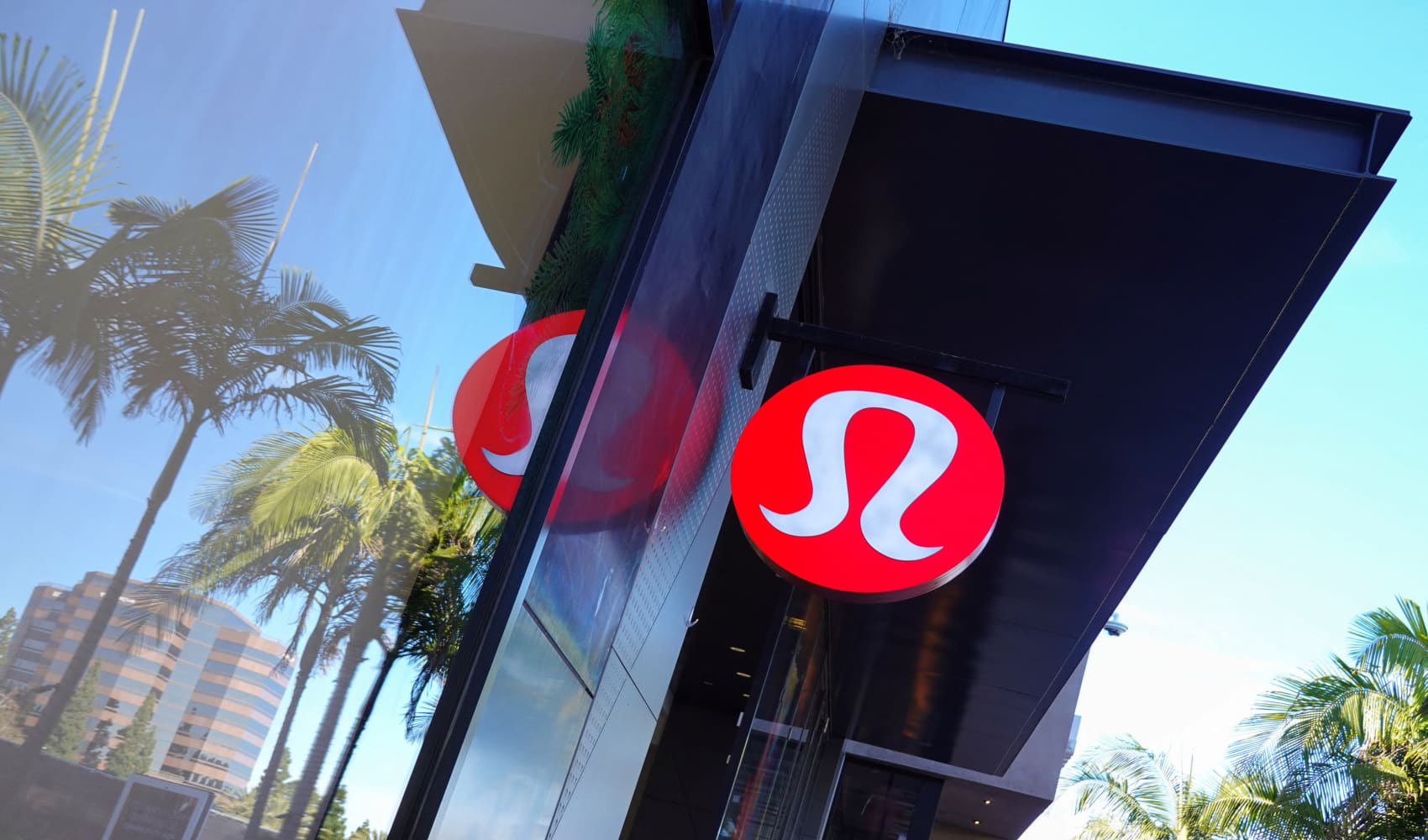"Going green" isn't just an empty, catchy slogan, and The Plant at 1400 W. 46th St. is proof of that. In July of 2010, Bubbly Dynamics LLC snatched up the former Peer Foods meat-processing plant at that address and have been converting into what's called a "vertical farm and food business incubator." Basically, as Director of Operations Melanie Hoekstra explains it, they specialize on closing the loop of inputs and outputs. In other words, they're looking to use all the potential waste from the meat plant and turn it into energy. It's fascinating, albeit slightly sci-fi stuff, since The Plant is now home to a kombucha brewery, a mushroom farm, a beer brewery, a bakery and also a shared kitchen. To find out more about this, I gave Hoekstra a call.
For our readers who aren't familiar, can you give a bit of background on The Plant?
Melanie Hoekstra: The Plant is a vertical farm and food business incubator. We're going to have 30,000 square feet of aquaponic farm estates. Aquaponic is when you have fish and also plants and the waste from the fish actually feeds the plants and then the plants filter the water for the fish. And then the rest of the space, because we're in an old meat-packing plant, it's actually going to be mostly kitchen spaces. The reason we can do this is because we have all this food-grade material throughout the building. When you are packing meat, a building has to be up to USDA code, and it's about as high of a regulatory level as you can get. So, we have all this food-grade material and we're building new kitchens, mostly for small- and medium-sized businesses and also for a beer brewery. That, plus, we're going to do research and educational programming on farming: everything from gardening to aquaponics for small businesses.
You mentioned inputs and outputs for a company in our emails. What does that mean?
Melanie Hoekstra: If I wanted to make a piece of bacon on the stove, the input would be the pan and the bacon and the heat and the output would be the bacon and the grease and the dirty pan, let's say. At The Plant, on the website, there's a really neat diagram that shows all the things that will go into the building and all the things that will come out of the building. So, the things that go are the inputs and the things that come out are the outputs. The idea is, for us at least, to make the most of all of the inputs and the outputs. We are in a building that really was slated to be torn down. The sellers of the buildings, the old meat-packing company had no expectation that anyone was going to buy this building.
Most of what you put out is waste when you're done doing whatever you do. So, for instance, back to my bacon example. If you can find someone to take the grease and make biodiesel out of it -- and I have no idea if that's actually possible with bacon grease -- but in our situation we are using the waste from beer brewing and from other food and manufacturing processes including things like fat rendering and also produce waste from produce distributors and making energy out of them. Then we consume that energy onsite. So, it's modeled after nature and how there is no waste there because everything that one organism puts out another organism uses.
Business
Is there one type of industry that's harder to make these closed loops of inputs and outputs?
Melanie Hoekstra: I can't say that I would know, honestly. Sorry, I'm a lawyer and this is my first job out of law school. [Laughs.] I think that largely it comes from knowing your business really well and being able to know exactly what people need and how much of it you'll need and where you can get it from and if there are places you can get it from where it's a waste product to somebody else. For instance, manufacturing generally involves a lot of chemicals, right? I do know there are certain solvents that you can make in different ways. That's how chemical reactions work. You put in a certain amount of three ingredients and then you get this one ingredient. Well, if one of your ingredients is benzene because that's what it takes to catalyze the process of creating this solvent, maybe you can do it in a completely different way where it's maybe slightly longer but doesn't introduce benzene into the process. Then you can avoid using benzene and then that's great thing for the environment, it's probably cheaper. I think it's just a matter of knowing your business well and what you're trying to do.

David Wolinsky is a freelance writer and a lifelong Chicagoan. In addition to currently serving as an interviewer-writer for Adult Swim, he's also a columnist for EGM. He was the Chicago city editor for The Onion A.V. Club where he provided in-depth daily coverage of this city's bustling arts/entertainment scene for half a decade. When not playing video games for work he's thinking of dashing out to Chicago Diner, Pizano's, or Yummy Yummy. His first career aspirations were to be a game-show host.



